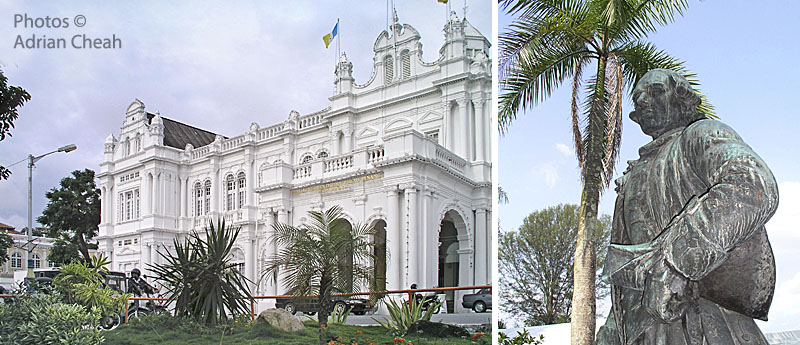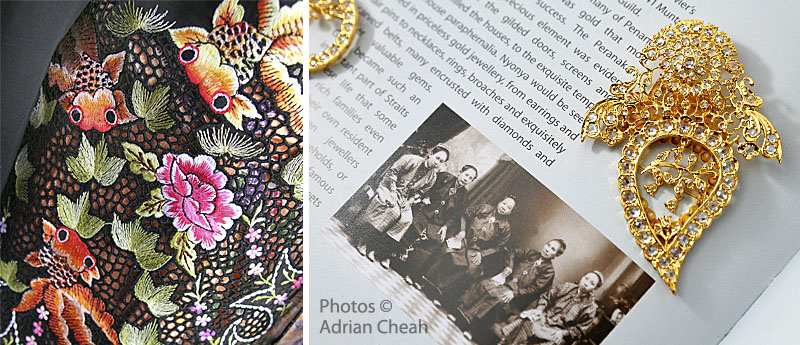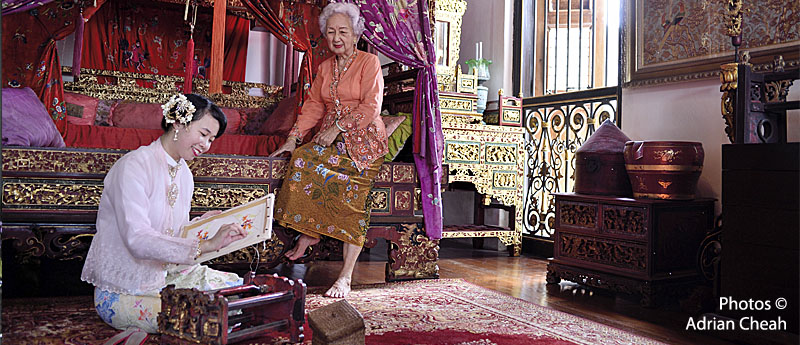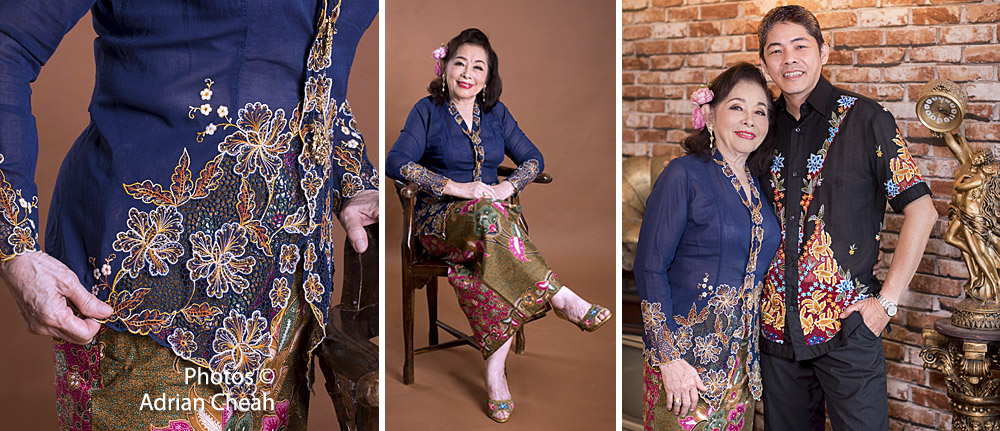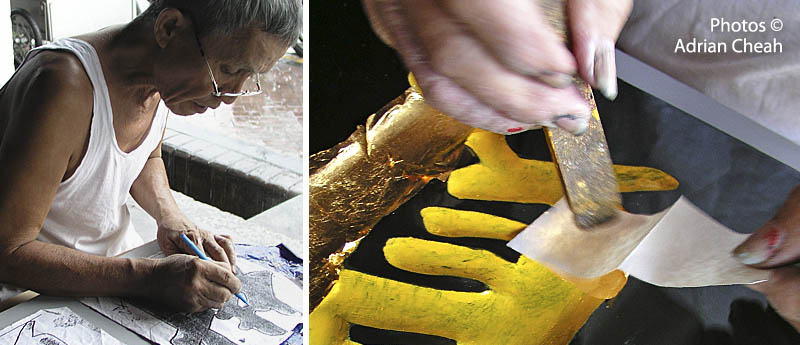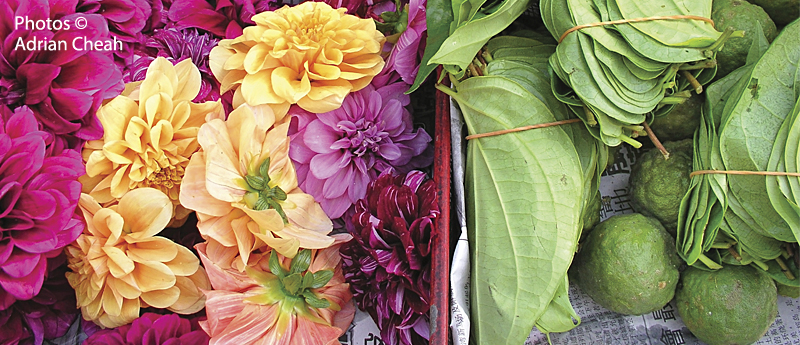Sembang-sembang with Tan Choon Hoe, author of Loghat Hokkien Pulau Pinang

Malaysians are truly fortunate, as they have gained a reputation for their remarkable linguistic versatility. Let us consider my late father as an example, who was of Chinese descent and possessed a remarkable fluency in various languages and dialects. He could effortlessly converse in English, Bahasa Malaysia, Tamil, Hindustani, Mandarin, Cantonese and of course, Hokkien.
Continue Reading
16 September 1963 – A Nation is Born
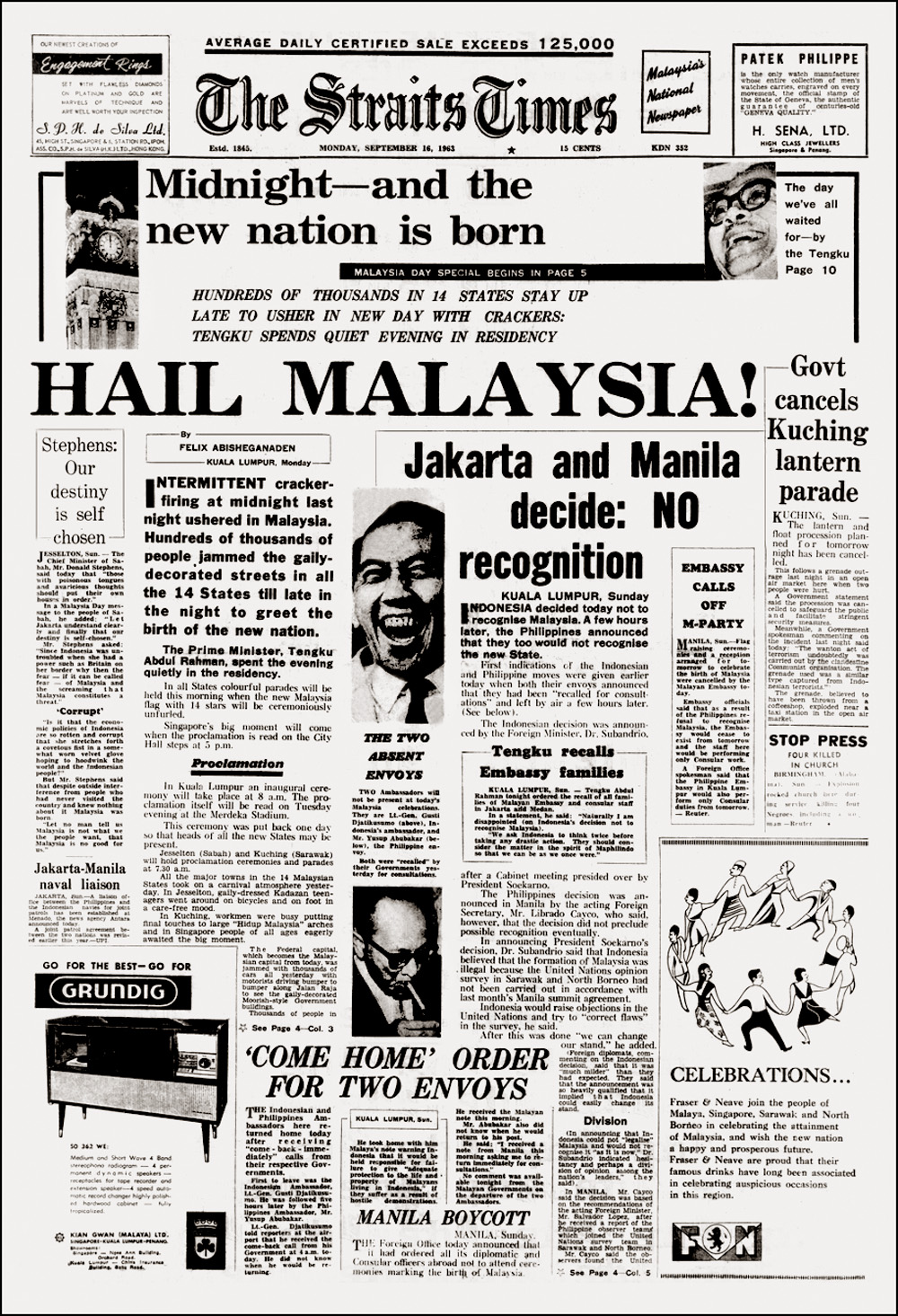
On the historic midnight of 16 September 1963, a profound and unforgettable chapter in our nation's story began. The birth of Malaysia was more than just a political achievement; it was the realisation of the hopes, dreams, and determination of millions across the land. From the joyful streets of Penang and the colourful festivities in Sabah and Sarawak, to the symbolic ceremonies in Singapore, we stood united in the spirit of brotherhood, ready to embrace a shared destiny.
In the words of our beloved Bapa Malaysia, Tengku Abdul Rahman Al-Haj, "we have come together through our own free will and desire in the true spirit of brotherhood and love of freedom." Let us take a step back in time and read about this historic moment published in The Straits Times on Monday, 16 September 1963.
Continue Reading
“Jiwa Merdeka” – embracing freedom with a unified spirit
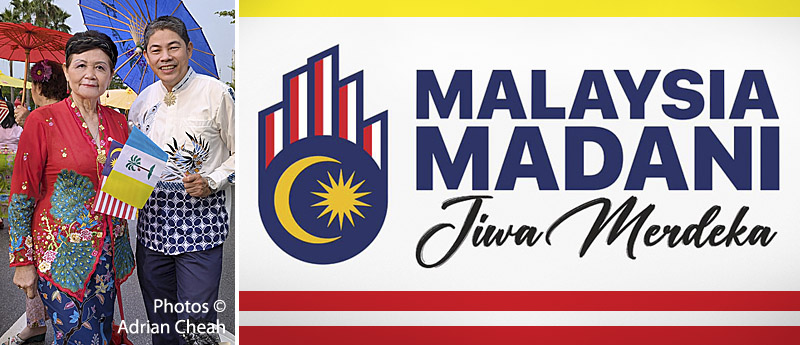
Malaysia's Independence Day, observed on the 31 August, is far more than a mere historical commemoration; it embodies the very soul of a nation. Known as Merdeka Day, this significant occasion marks not only the moment the country gained its freedom but also the genesis of a nation that, despite its rich diversity, strides forward as one unified people.
Continue Reading
The story behind the universal stripes of the Buddhist flag
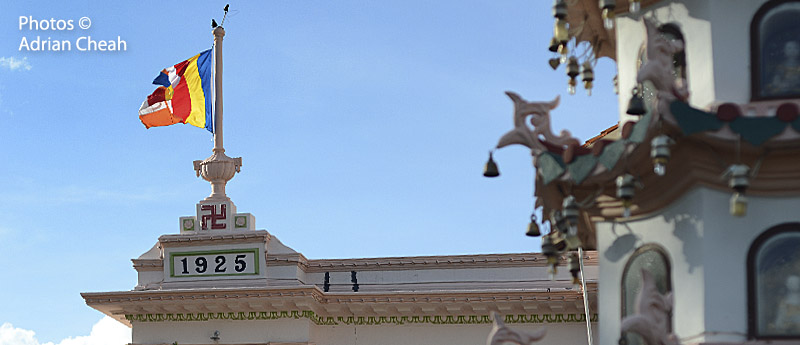
The Buddhist flag is a common sight in Buddhist communities today, often seen hanging from temple ceilings or columns indoors, or flying high from flagpoles.
Continue Reading
"Looking After the Ashes" – unravelling the enigmatic Chinese Peranakan world of taboos and traditions
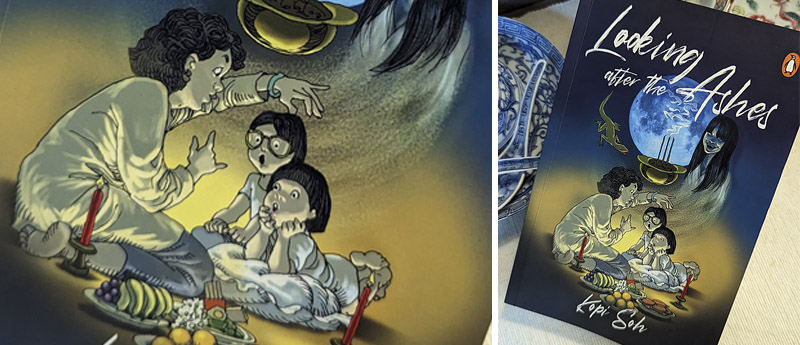
I usually stay away from horror stories, especially those that have blood and gore plastered all over the cover. I know that one should never judge a book by its cover. However having been an art director for more than three decades, I feel that a cover has to set the right tone and sell the book. The cover of "Looking After the Ashes" by Kopi Soh shows two wide-eyed kids, enchanted by the storyteller, enveloped with an eerie atmosphere. Picking up the book, I would not have been able to anticipate that it would be a page-turner for me.
Continue Reading
"Inspirations from the Southeast – Penang, Malaysia" is a compelling documentary that deeply touches the heart

On 23 July 2003, I attended the documentary screening of "Inspirations from the Southeast – Penang, Malaysia" at GSC Cinema in Gurney Drive. This was the last of three screenings, part of George Town Festival and admission was free!
Continue Reading
Bansan – a fresh take on board games and its relevance today
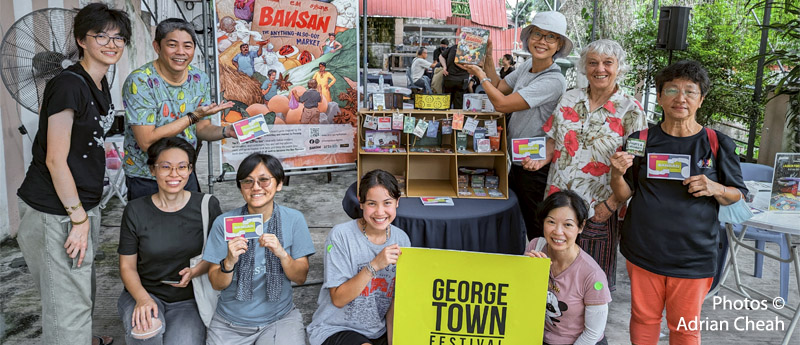
Board games have a long and fascinating history, dating back thousands of years to ancient civilisations such as Mesopotamia and Egypt. According to the British Museum (britishmuseum.org), the Royal Game of Ur is the oldest playable board game in the world, originating around 4,600 years ago in ancient Mesopotamia. Although they were once reserved for the elite, over time, board games evolved and spread across different cultures, becoming more accessible and popular among people from all walks of life.
Continue Reading
Negaraku, a national anthem for the rakyat

Negaraku
Tanah tumpahnya darahku
Rakyat hidup, bersatu dan maju
Rahmat bahgia, Tuhan kurniakan
Raja kita selamat bertakhta
Rahmat bahgia, Tuhan kurniakan
Raja kita selamat bertakhta
Continue Reading
The exotic, aesthetic fading tattoo of henna

The art of temporarily staining the skin with henna can create stunning, intricate designs that hold cultural significance. In Penang, this tradition is embraced by the Indian, Sikh and Malay communities, where it represents a rich, intangible cultural heritage, evoking cherished memories of festive celebrations and weddings. Visitors to Penang also join in the tradition, often adorning their hands with henna as part of the festivities. With henna artists readily available year-round in Little India, anyone can enjoy these beautiful designs, even for casual occasions.
Continue Reading
The Sari: Queen of garments

The amazingly versatile sari (or saree) transcends mere fabric – it embodies the rich heritage of traditional South Asia women (and a few men) in countries such as India, Pakistan, Bangladesh, Sri Lanka and Nepal. It is also a garment that covers all, yet is revealing, enchanting yet unassuming, serene yet sensuous. The sari, with its six yards or more of artistry, is a masterpiece of contradictions, seamlessly transitioning from workwear to leisure attire to a symbol of opulence, all within its elegant drapes.
Continue Reading



